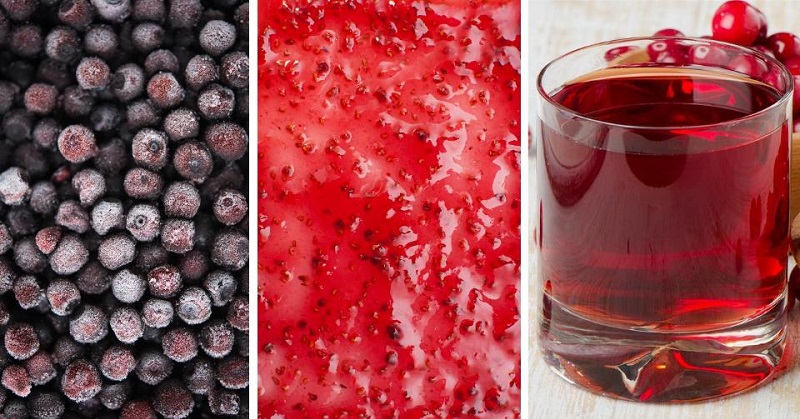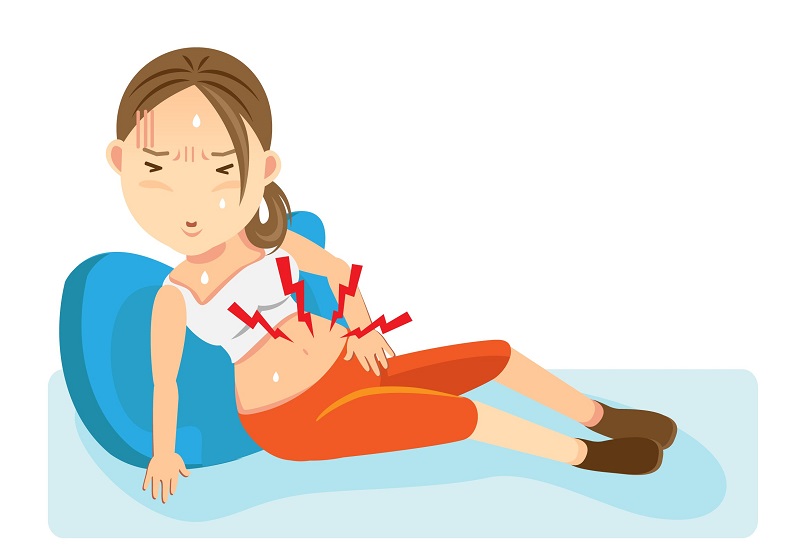Women, what comes along about once a month, leaves us feeling sick and bloated, and is an absolute pain, in more ways than one?
That’s right. Our periods.
They are a necessary and normal bodily function in women, yet, we still consider them to be extremely taboo to talk about. Instead of the dreaded word “period,” we instead have a whole list of interesting nicknames for that time of the month. Shark week, Aunt Flo and riding the crimson wave are just a few.
However, women need to understand that their periods may be telling them something about their health. Most people don’t like to talk about problems, and this can cause minor to serious health issues to go unnoticed. I’ve had friends who had serious issues associated with their menstruation when they were in high school, and they didn’t know there was a problem until they were in college.
Taking notice of your flow and other period symptoms can help you understand a lot about your health, and help you be better informed when talking to a health care professional.
So, This is What Your Period is Saying About Your Health!
Color and Flow

According to Dr. Alisa Vitti, holistic health counselor and functional nutritionist, it is possible to describe most period colors in three different ways: mashed frozen blueberries, strawberry jam, and cranberry juice. The color of period blood can reveal a lot about hormonal health.
Periods that are similar in texture and color to frozen blueberries may be an indicator of high estrogen levels. This would also cause a heavier cycle than normal because higher estrogen levels mean the uterus lining could be thicker than normal.
Those who shed a lighter color, similar to strawberry jam, have the opposite problem. This may be a sign that estrogen levels are low. In this case, period flow can be patchy and is often late because less estrogen means a thinner lining. It should also be noted that a light flow is also associated with birth control use for some women.
The perfect color, according to Dr. Vitti, is a nice, saturated red color like cranberry juice. In this case, flow will usually start and end on time and will not become too heavy.
(source)
Spotting

If you are bleeding a little in between periods, it’s called spotting. This could mean something is wrong, so those who experience spotting should consult with a medical professional.
Here are some major causes of spotting:
- Hormonal Imbalance – Spotting happens when progesterone and estrogen are out of balance. Dysfunctional ovaries, thyroid problems, and birth control methods can affect this balance.
- Infection – Any infection, brought on by an STD or not, can cause spotting between periods.
- Cancer – Cancer of the cervix, vagina, uterus, or ovaries can cause spotting. But this is rare.
- Stress – Extreme stress can also cause a person to experience spotting.
Period Pain

Most will experience some amount of pain during their period, but severe pain that doesn’t go away needs to be mentioned to a healthcare professional.
The correct term for menstrual cramps is dysmenorrhea, and it happens to about half of the female population. The cause of dysmenorrhea is excessive amounts of prostaglandin — the hormone involved with inflammation and pain. Unfortunately, this is common.
What isn’t common is severe and disabling cramps that last for more than two days. This is a sign of endometriosis. Endometriosis is where the uterine lining is growing outside the uterus, normally in the pelvic area, instead of inside. When the lining is shed, it has nowhere to go. This is what causes the severe pain and cramps. About 10% of women suffer from endometriosis.
Keep this information in mind the next time Aunt Flo comes into town to visit. It may help you or someone you know!
What did we miss?
Share your thoughts in the comments!
(h/t: Medical Daily)


